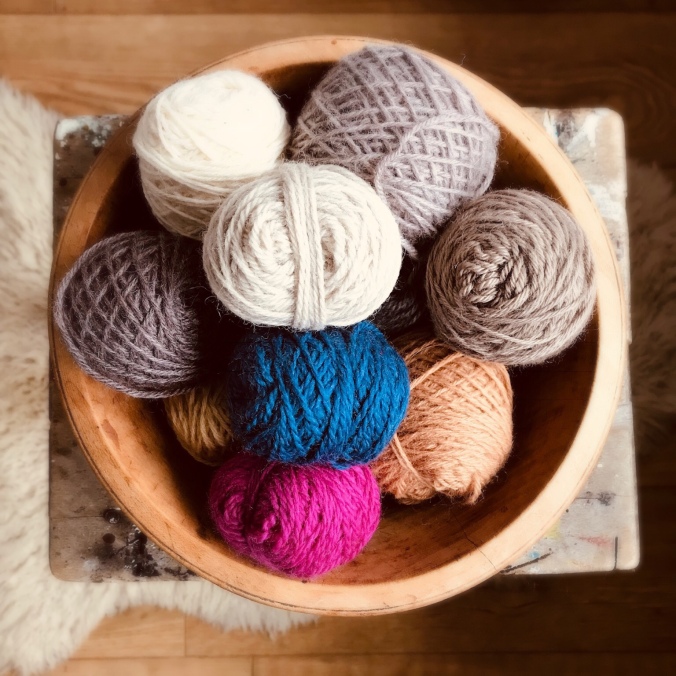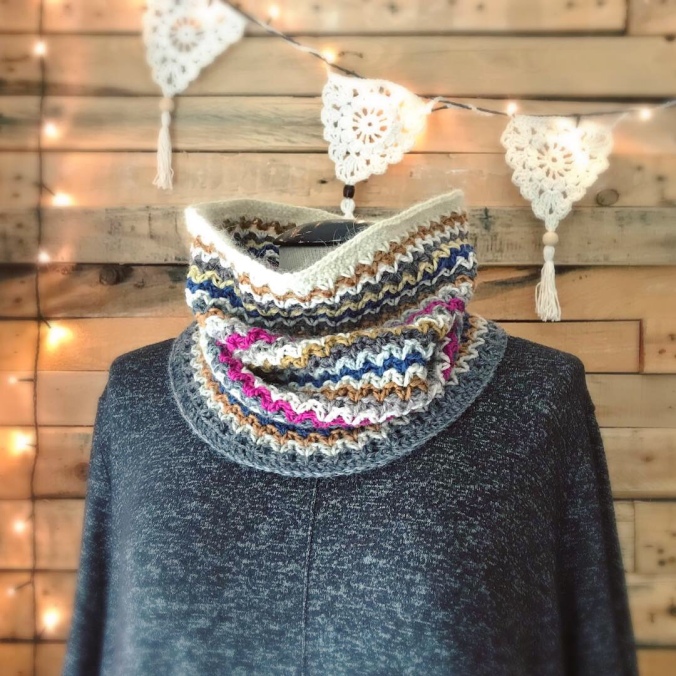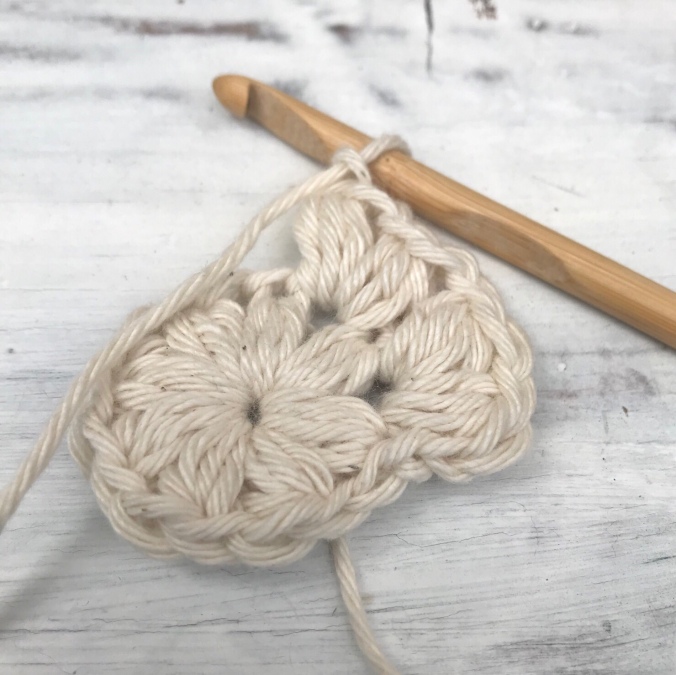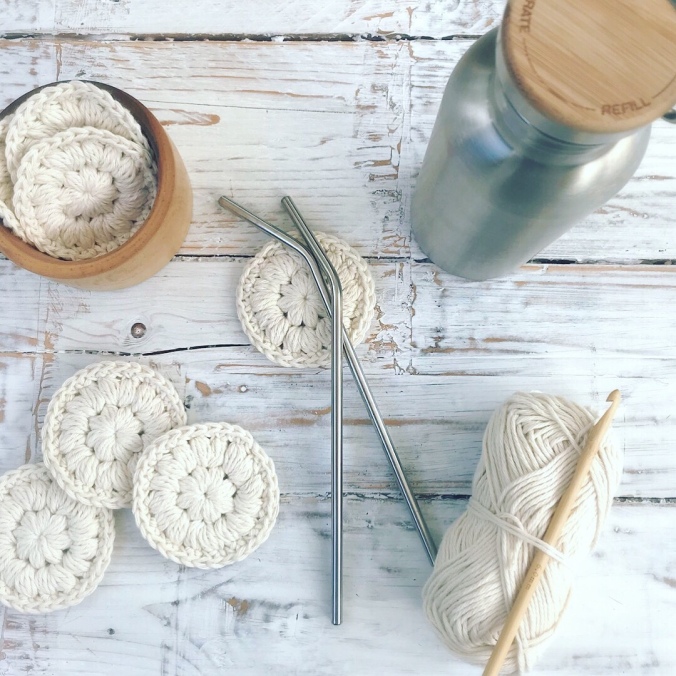





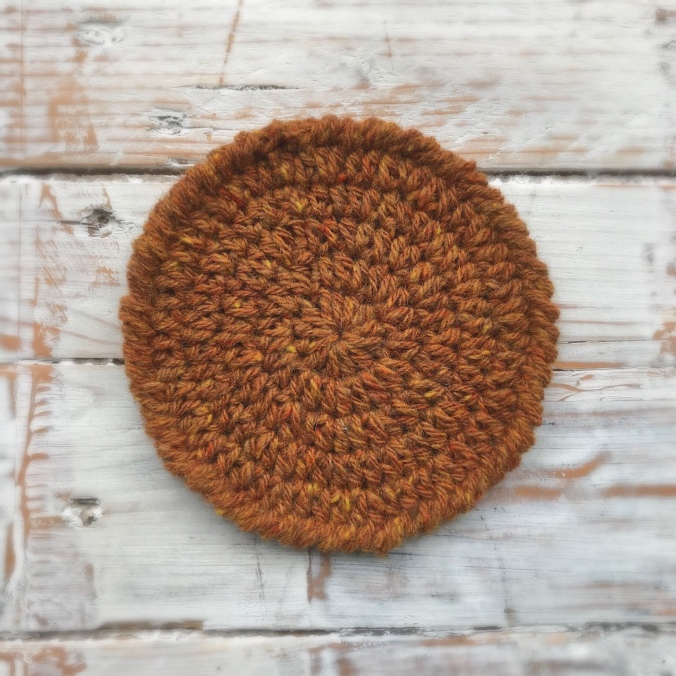

I’ve had a request for the pattern for these simple coasters and whilst it’s easy for some to knock up a simple circle, it often saves time to follow a quick guide. As always with crochet there are some little things that help make a neater join or finish.
I have used a coarse unknown brand yarn thrifted years ago, it was quite tough to work with but ideal for coasters. Most yarns would work but it might be useful to experiment first if you’re making a set for someone.
The yarn I’ve used is roughly dk weight and I wanted a tight fabric so I’ve used a 4mm hook. 4.5mm might have been a tad easier on the hands.
U.K. terms
Start with a magic circle (picture 3) and chain 2 (does not count as a stitch).
Round 1. Into the circle make 12 htr’s and join with a slip stitch to the top of the first htr (not the chain 2).
Round 2. Ch2. 2htr in each stitch around, join as before.
[check your stitch count here, you should have 24 stitches. It’s important to ignore the ch2 at the start of every round and don’t count it as a stitch. With the joining slip stitch into the first htr it should push the ch2 slightly behind your work and therefore create a neat join.]
Round 3. Ch2. *2htr in next st, 1htr in next st* repeat from *to* around, slip stitch as before. (36sts)
Round 4. Ch2. *2htr in next st, 1htr in each of the next 2sts* repeat from *to* around, slip stitch as before.
Round 5. Ch2. *2htr in next st, 1htr in each of next 3sts* repeat from *to* around, slip stitch as before.
Round 6. Ch1. Crab stitch in dc around (picture 6) and slip stitch to join.
Weave in ends. If necessary, block or press with a cool iron.
(In rounds 3-5, you are simply increasing the number of single htr’s between 2htr in the same stitch, using this formula you can make a whole place mat too!)
Although not terribly exciting, this is the ultimate simple travel project. There’s nothing worse than a traffic jam and not having your crochet with you. One random ball of yarn and a spare 4mm hook has now been tucked into my glove compartment just in case!
